Session & Presenter Information
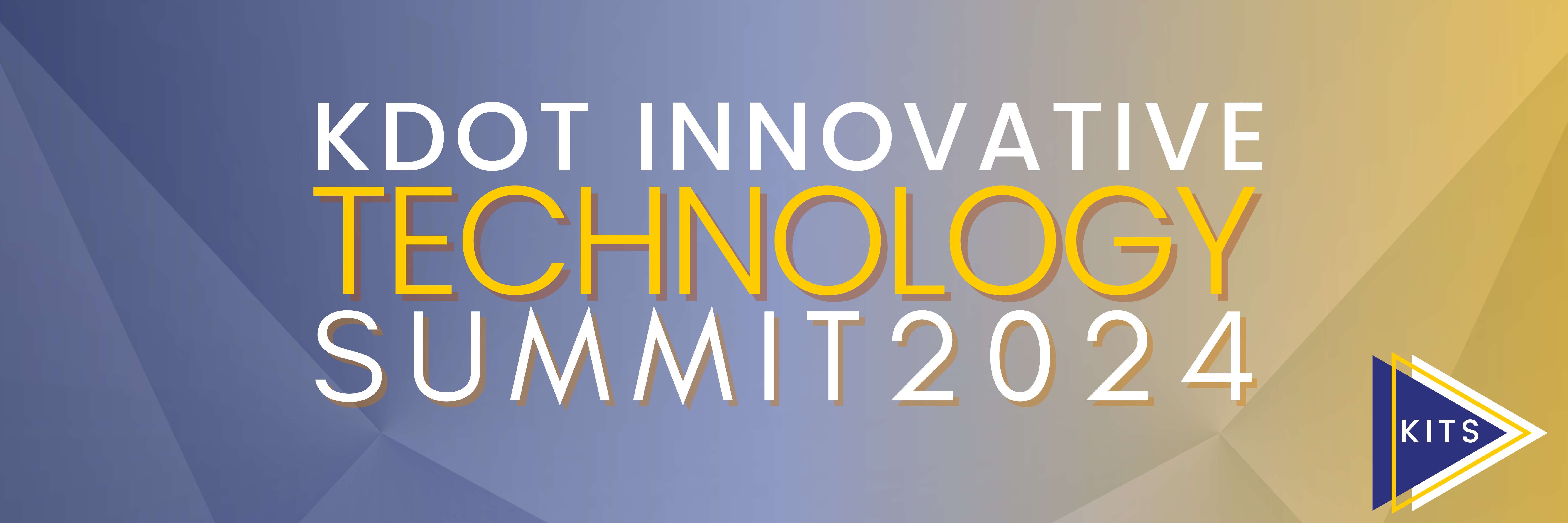
Click on each session title to learn more about the presentation and the speakers associated with them!
Abstract: The Eisenhower Legacy Transportation Program (IKE) established the Innovative Technology Program to be funded at $2 M per year. Following local consult conversations in 2019, it was clear that Kansas should leverage innovative technology investment opportunities to position the state for the future. The Innovative Technology Program provides financial assistance to partners for innovative technology projects that improve safety, leverage state funds to increase total technology investment and help both rural and urban areas of the state improve the transportation system. Join this panel as the discuss the program and answer your questions!
Moderator: Cory Davis is the Director of Multimodal Transportation and Innovation for the Kansas Department of Transportation. In this role he is responsible for leading a division that includes the Bureau of Multimodal Transportation, the Bureau of Innovative Technology, and the Grants and Fiscal Management Team. Cory and his team are responsible for administering roughly 85 million dollars of federal and state funds annually. The mission of Cory’s team at KDOT is to provide continuous consideration of the multimodal needs of Kansans while taking advantage of technologies to support both internal KDOT operations and our external stakeholders and partners across Kansas as we move toward the future. Cory has spent his entire professional career with KDOT and has recently surpassed a decade of state service.
Speakers: KDOT Secretary, Calvin Reed and Kansas Asphalt Pavement Association Executive Director, Dan Scherschligt
Abstract: The need for incident detection to improve highway safety and mobility is clear. This talk will review the fundamentals of computer vision (CV) based automatic camera monitoring systems for highways and free-flowing roadways. The advantages of computer vision-based incident detection systems will be discussed together with its challenges. Optimal camera positioning and other factors that affect CV for AID will be presented. Implementation in the Traffic Vision software system is used to illustrate these advantages and challenges to show how CV-based highway video stream analysis helps TMS operations improve traffic safety and mobility. Highway user satisfaction can also be improved through better information relay of congestion and relevant information as a result of such monitoring of the highways.
Speaker: Josh Kissel, Traffic Vision
Abstract: Departments of Transportation, transit fleet operators, and Municipalities continue their efforts to understand and plan for the transition to zero emission fleets. But where do you start and what all does the process entail? There can be a number of challenges that must be addressed proactively to manage EV transition risks and pitfalls. Our presentation will overview what a fleet transition entails, from high level planning to detailed charger design, through the lens of lessons learned from recent projects involving a variety of fleet types. This presentation will be of interest to public and private sector planners and engineers, among others.
Speakers:
Adam Gleason, HDR
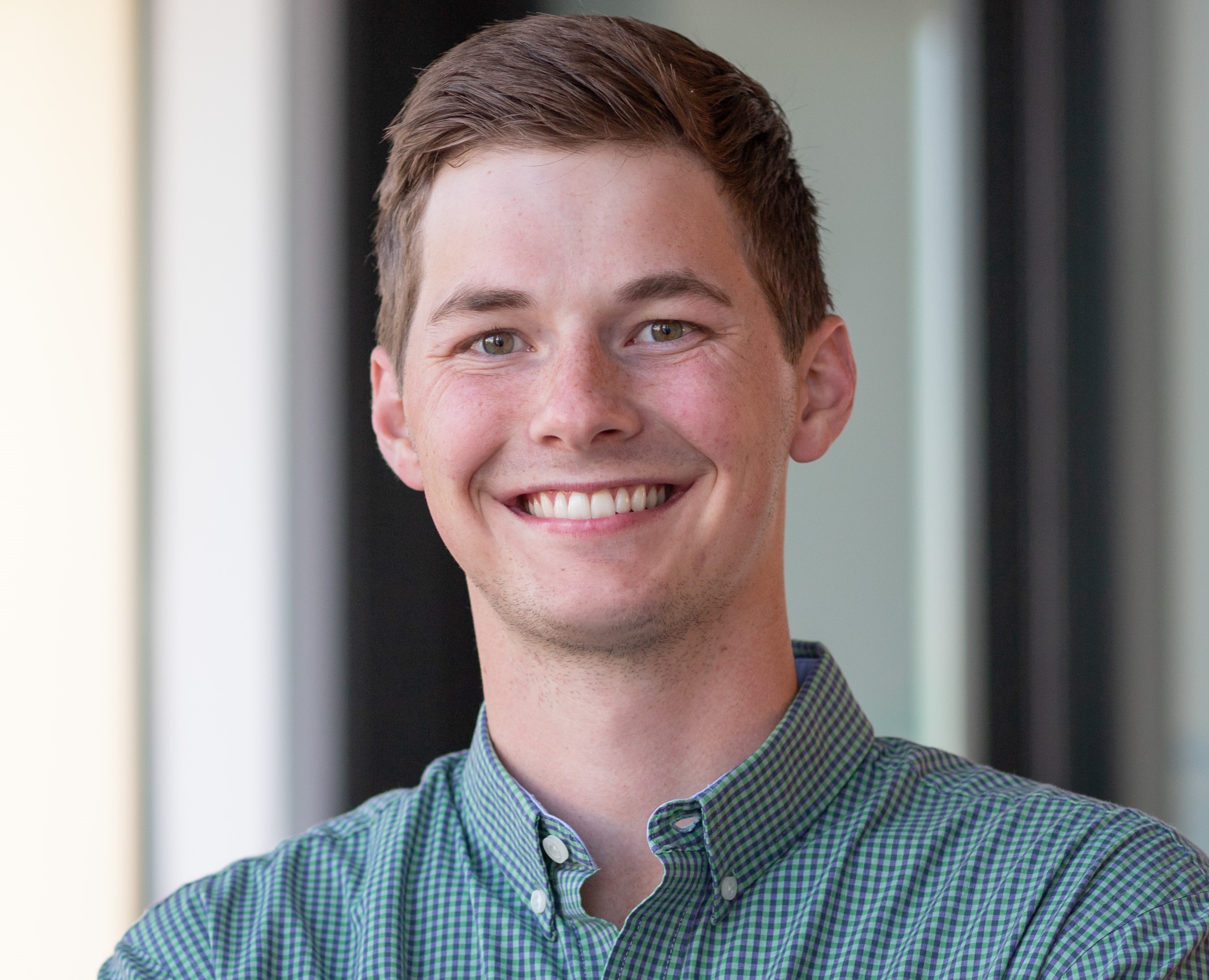
Adam is a Zero Emissions Engineer working in HDR's Zero Emission Mobility group. His experience includes community EV readiness and fleet transitions, along with EVSE design projects. He is a KU engineering graduate and is excited to be back in Lawrence for this conference!
Matt McLaughlin, HDR

Matt is a Senior Engineer serving as the Program Manager for HDR’s Electric Vehicle Supply Equipment (EVSE) design group. His experience includes systems engineering; electrical power infrastructure design; intelligent transportation systems design; fiber optic communications design; construction management and inspection & commissioning of electrical systems.
Abstract: Autonomous maintenance technology (AMT), especially the Autonomous-Truck-Mounted-Attenuator (ATMA), is gaining ground for improving work zone safety. It's important to study how external influences affect AMT system functionality. AMT services, including the ATMA, must function in a variety of situations (weather, visibility, congestion) and for diverse goals (snow plowing vs. patching) in environments we cannot control. AMT technology affordability has not been examined, taking into account application kind, technological advancement, road network structure, and context (urban vs. rural). We will discuss the initial assessment focusing on AMT systems' technological (connectivity, infrastructure) and economic feasibility.
Speaker: Husain Aziz, Kansas State University
Abstract: This session will share lessons learned from a variety of innovative mobility projects developed by agencies across the country with the support of the Federal Transit Administration's (FTA) Integrated Mobility Innovation (IMI) and the Accelerating Innovative Mobility (AIM) grant programs. The sessions will serve as a knowledge sharing exercise led by the Shared-Use Mobility Center, which provided technical assistance to the over 40 projects participating in these programs. The session will introduce mobility innovation programs, highlight a selection of case studies, and present tools to foster mobility innovation in different contexts.
Speaker:
Alvaro Villagran, Shared-Use Mobility Center

Alvaro leads SUMC’s work for the Federal Transit Administration’s mobility innovation programs, providing technical assistance to transit agencies across the country in developing a wide array of innovative mobility projects. Alvaro is a member of the American Institute of Certified Planners (AICP). Alvaro holds a Master’s Degree in Urban Planning and Policy from the University of Illinois at Chicago (UIC), and a Master’s Degree in History from Northwestern University. Prior to SUMC, Alvaro worked for the Transportation Improvement Program at the Chicago Metropolitan Agency for Planning.
Abstract: Older adults with mild cognitive impairment (MCI) experience difficulties in memory, processing speed, attention, judgment, and visuospatial skills, which may impede the ability to perform various daily activities efficiently, including driving. The emergence of highly automated vehicles that do not require human intervention may offer significant benefits to individuals with MCI as these vehicles can increase mobility and independence. However, individuals with MCI may still be required to perform higher-level activities during a ride, which can be challenging for this user group. This research is focused on designing and prototyping a system that can help during trip planning and when interacting with an automated vehicle during normal and emergency operations. The proposed assistive technology system includes a secure mobile app, a real-time traveler monitoring system, an interactive in-vehicle agent for emergencies and safety functions, and a platform integrating all sub-systems with vehicle operations via a dashboard.
Speaker:
Alexandra Kondyli, University of Kansas
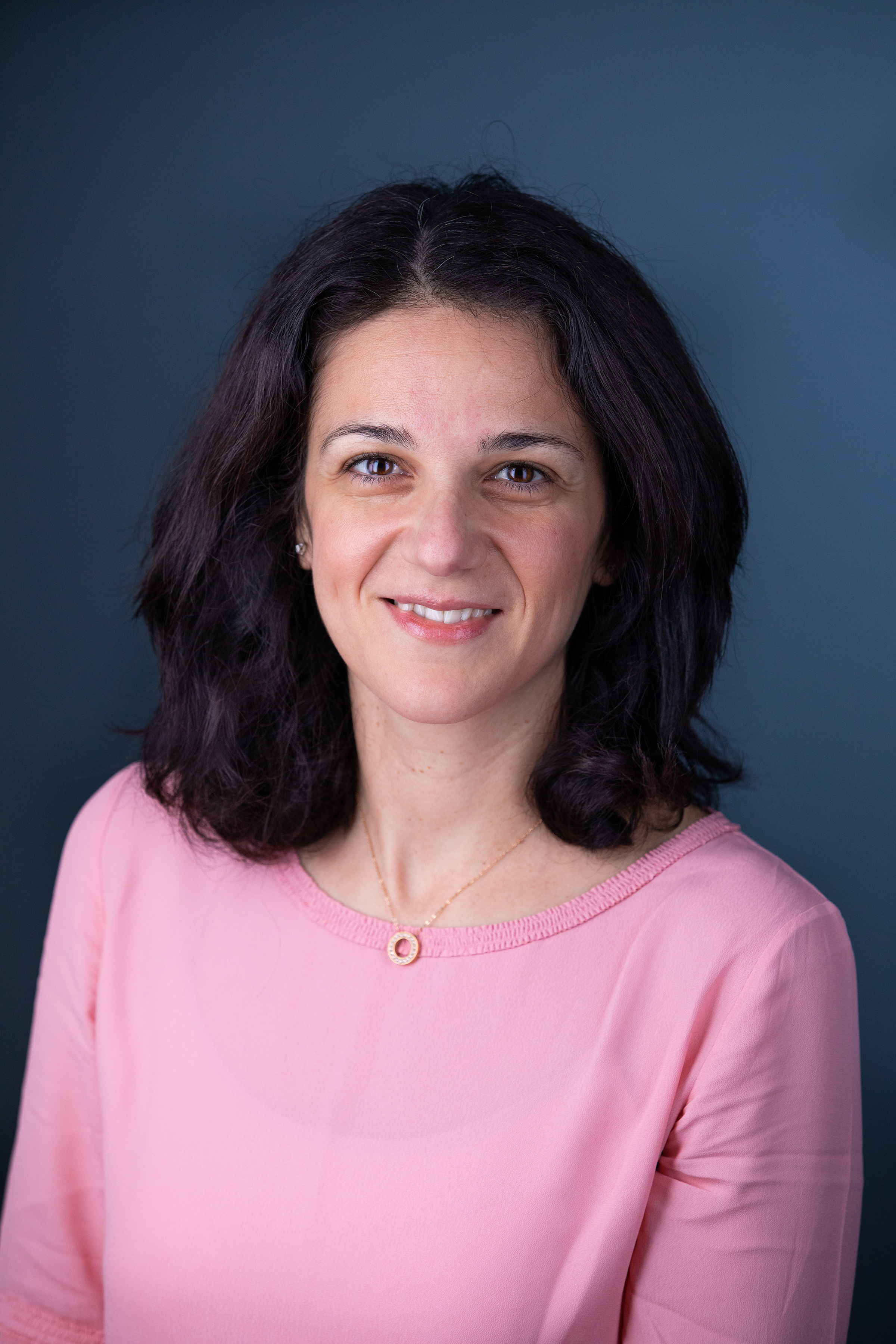
Dr. Alexandra Kondyli is the Thomas E. Mulinazzi Chair’s Council Associate Professor of Transportation Engineering in Civil, Environmental and Architectural Engineering at the University of Kansas. Dr. Kondyli is also the Associate Director of the Mid-America Transportation Center (MATC-TSE) and the Associate Director of the University of Kansas Transportation Center for MATC-TSE. Dr. Kondyli’s research interests include traffic operations and management, highway capacity, microsimulation, traffic flow theory, driver behavior, human factors, and connected and automated vehicles. Prior to her appointment at the University of Kansas, Dr. Kondyli was a postdoctoral associate at the University of Florida Transportation Research Center. Dr. Kondyli has worked on research projects funded by Kansas DOT, Florida DOT, FHWA, USDOT, the National Science Foundation (NSF), and by the National Cooperative Highway Research Program (NCHRP). She has authored and co-authored more than 100 publications, presentations and reports related to traffic operations, simulation, highway capacity, safety, and driver behavior. Dr. Kondyli is currently the Secretary of the Standing Committee on Highway Capacity and Quality of Service (ACP40) of the Transportation Research Board (TRB). She is also a member and paper review coordinator of the Standing Committee on Road User Measurement and Evaluation (ACH50) of TRB. She has consulting experience in the fields of traffic operations, geometric design and roadway safety. Dr. Kondyli received her Graduate Diploma in Rural and Surveying Engineering from the National Technical University of Athens, Greece, in June 2003. She received her M.S. degree in 2005 and her Ph.D. degree in 2009 in Civil Engineering from the University of Florida, Gainesville, Florida.
Abstract: Uncrewed Aerial Systems (UAS) have emerged as another valuable tool in the aerial data capture toolbox. These vehicles and sensors often provide increased data capture flexibility and analytical value. While the project may benefit from Uncrewed Aerial System data collection, it is critical to have a deep understanding of the scope of services, the broader data collection strategy, and how best to integrate the UAS data into the overall survey and mapping project. This presentation will provide an overview of the UAS technology, project applications, and will highlight the capabilities of both UAS imagery and lidar data. The discussion will also draw comparisons between UAS and other aerial data capture methods regarding cost-effectiveness, practicality, data accuracy, and the required labor force.
Speaker:
Whit Lynn, Wilson & Company

Mr. Lynn is a geospatial professional, based in Kansas City, Missouri, who has been part of Wilson & Company for 16 years. He currently serves as the Geospatial Practice Lead, leading geospatial and related efforts across the company. These services involve lidar and imagery data collection and processing, point cloud extraction, GIS, photogrammetric mapping, and UAS activities. His experience includes developing geospatial products for roadway, bridge, and rail design, transmission and powerline corridors, floodplain and drainage studies, and architectural design.
Abstract: The USDOT Inclusive Design Challenge focused on innovative design solutions to enable people with physical, sensory, and cognitive disabilities to use Stage IV and V automated vehicles – vehicles with no driver present—to access jobs, healthcare, and other critical travel destinations. AbleLink’s cognitively accessible WayFinder Ride system was the 2nd place winner in the national competition and this session will demonstrate this innovative technology and describe how the system is envisioned to facilitate independent access to autonomous vehicles for people with cognitive disabilities. The project utilized a collaborative approach that brought together AbleLink’s existing technology and research, partners in the public and private sectors, and family and self-advocates to result in the WayFinder Ride prototype.
Speaker:
Dan Davies, AbleLink Technologies
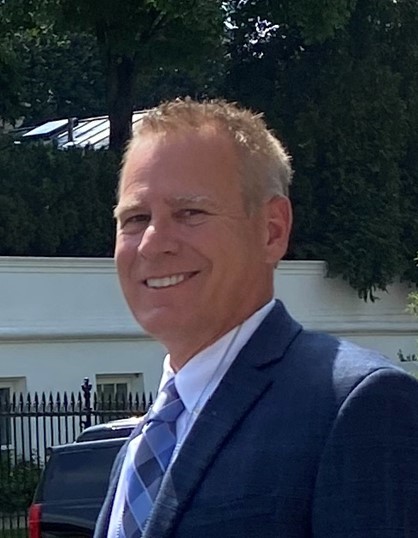
Daniel K. Davies is Founder and President of AbleLink Smart Living Technologies, based in Colorado Springs, CO. He has been actively involved in research and development of technology for individuals with intellectual and cognitive disabilities for over 25 years. He has been closely associated with issues important to individuals with disabilities, as his oldest brother John lived with severe intellectual and physical disabilities. Mr. Davies has directed over 85 research projects focused on technology and cognitive disabilities funded by the U.S. Department of Education, National Institutes of Health, DARPA and the Joseph P. Kennedy, Jr. Foundation. He has been on the leading edge of research into cognitive support technology for individuals with intellectual disabilities and consequently in 2006 was selected out of 951 nominations from 98 countries to receive the Technology Museum of Innovation’s prestigious Katherine M. Swanson Equality award for “pioneering information technology for individuals with cognitive disabilities.” We was co-founder of the Technology Division for the American Association on Intellectual and Developmental Disabilities and was awarded the 2004 Technology and Media Leadership Award by the Council for Exceptional Children for “national leadership in the area of research and development of cognitive support technologies.” He is a recipient of the 1996 and 1997 Technology Transfer Awards from the Colorado Chapter of the Technology Transfer Society. He has authored over 100 publications, reports and book chapters related to cognitive technology for individuals with disabilities and is an invited presenter at professional conferences nationally and internationally
Abstract: Drones (also known as unmanned aerial vehicles, UAVs) are changing the way architecture, engineering and construction firms view projects and accomplish tasks in the field. Increasingly, professionals on-site are using drone technology to enhance their quality of work, reduce risks and improve efficiency. In particular, drones are helpful when managing municipal separate storm sewer systems (MS4) compliance projects. When assisting Grandview, Missouri, with its MS4 compliance, Burns & McDonnell utilized drones to great effect. Grandview is required to do routine inspections of city facilities, including fire stations, community centers and parks, to evaluate how stormwater runoff is managed. Comprehensive documentation of these inspections is required based on stormwater regulations. Using drones to complete the inspections of Grandview's city-owned parks simplified the process and shortened the amount of time required for each inspection. Drones were deployed to get an overview of the land; take large-scale, time-stamped photographs; and scout the area for potential hazards, waste and other noncompliant items. That data was then used to focus attention on key areas of potential noncompliance that needed to be investigated and documented further. This presentation will investigate the use of drones for continued MS4 and Transportation Separate Storm Sewer System (TS4) compliance, and opportunities to move into this digital long-term inspection and documentation process.
Speakers:
Adam Reichert, Burns and McDonnell

Adam is responsible for the production of design plans and implementation of CADD standards on projects for a variety of disciplines, with a focus on civil and structural detailing. He has more than 10 years experience specializing in roadway design and drone photogrammetry. He explores innovative uses of drone technology for a community or agency's everyday needs, including inspection associated with MS4/TS4 permits such as erosion and sediment control, stream and/or outfalls, and facilities.
Brenda Macke, Burns and McDonnell
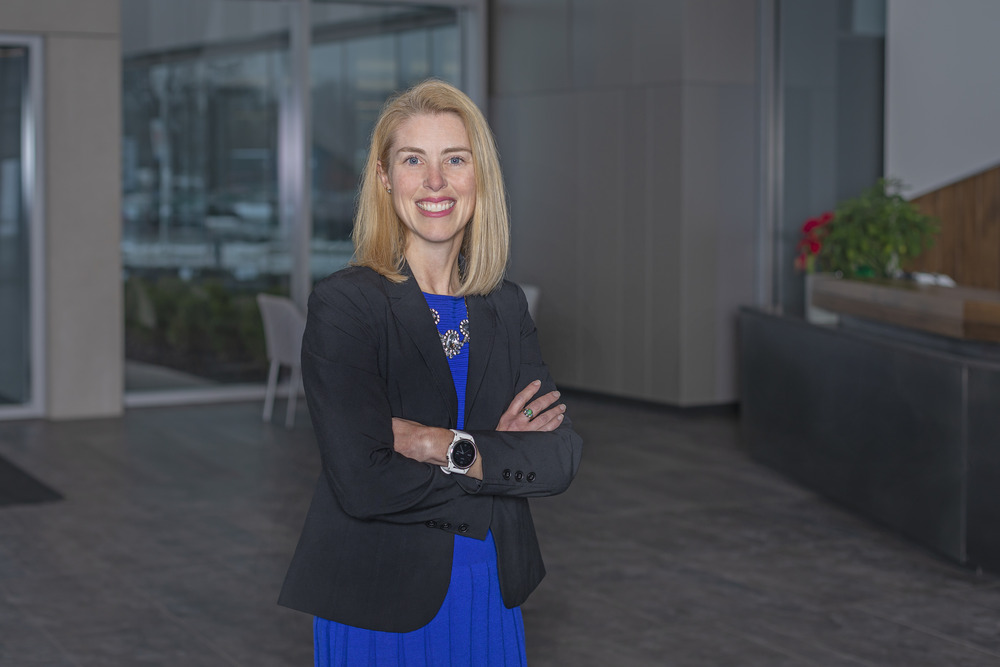
Brenda is a project manager who has led MS4/TS4 compliance tasks and associated documentation tracking for communities and DOTs in Kansas, Missouri, Iowa, and Nebraska. She specializes in working across agency groups to identify relevant tasks and processes to leverage for MS4/TS4 compliance. Brenda continues to explore how to use technology to help permittees more efficiently comply and use the documentation they are required to collect.
Abstract: DOTs are behind, architecturally and on implementation, with regards to secure connectivity. Get visibility into your ITS networks. Connected assets, vulnerabilities and exposures. Adopt and achieve network segmentation. Minimize and control ingress and egress.
Speakers:
Raja Singh, Cisco
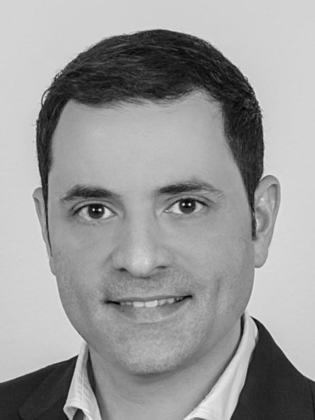
Raja is a IoT Specialist at Cisco. He's spent the last 13 years working in the Industrial IoT space with various roles at integrators, product manufacturers and carriers.
Joel Keller, Cisco

Joel has been with Cisco Systems nearly 8 years in this specific role, and has served in that capacity for the State of Kansas, including KDOT, since beginning with Cisco. Prior to joining Cisco, Joel spent a number of years at Koch Industries in Wichita, involved in various IT initiatives and multiple business units inside Koch. Joel also has a number of years in the Systems Integration space, as well as several years in higher education administration at the beginning of his career. Joel is a graduate of Kansas State University, and currently resides in Hutchinson, KS.
Abstract: Our session will talk about the connectivity capabilities of MX Cloud by Carmanah and how it helps agencies of all sizes connect pedestrian, traffic calming and warning systems together. We will also discuss data collection capabilities and special builds we have deployed to accomplish unique traffic goals.
Speakers:
Nik Soto, Gades Traffic Sales
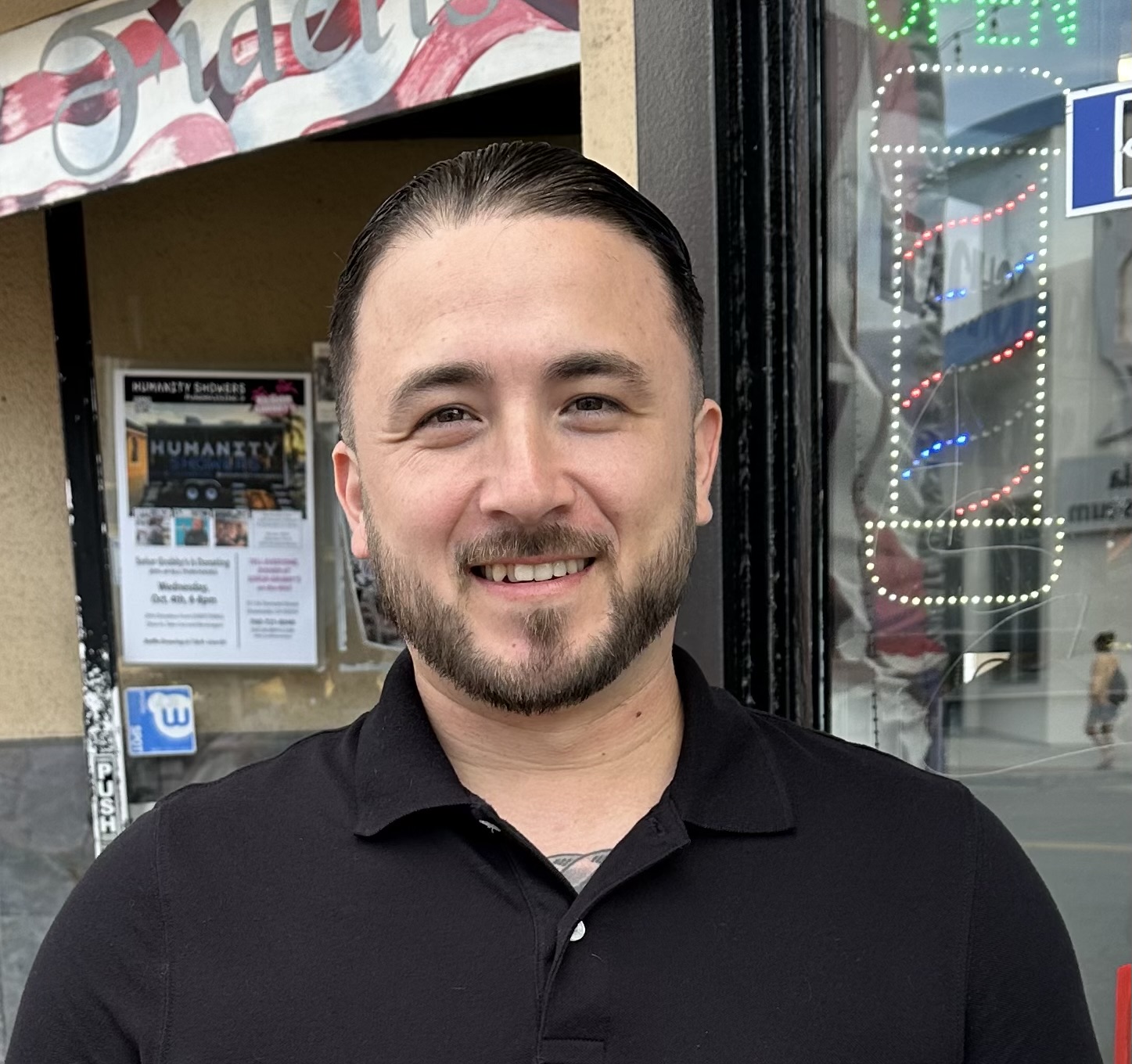
Nik started his career in the traffic industry in the traffic department at Olathe, KS. Nik also worked for public works at Overland Park, KS where he first started his experience in traffic signals and street lighting. Before making his return to the traffic industry with Gades Sales Co., he worked for Vertiv Co. providing back up power with DC power technology to critical infrastructure all across the Midwest United States.
James Tamplin, Gades Traffic Sales

James began his career as a traffic signal technician with the City of Anaheim, CA in 2007. With 16 years of experience, he has managed and implemented exceptionally complex Southern Californian projects. His expertise includes whole traffic cabinet retrofits, communication network design and troubleshooting, traffic signal construction with vehicle detection, battery backup, V2X/RSU implementation, and emergency vehicle preemption upgrades. In 2023, James brought his extensive knowledge and skills to Gades as a Technical Sales Solutions and Project Manager.
Abstract: Max Wilcox will explain the data analysis that powers the Kansas Vulnerable Road User Safety Assessment Tool. Jenny Kramer will explain how the Tool has been used at KDOT for Transportation Alternatives project selection and prioritization. You can check out the Tool’s StoryMap and dashboard here: https://storymaps.arcgis.com/stories/d2f84d52c22b44d983c3907dcaf76f4b.
Speakers:
Max Wilcox, KDOT
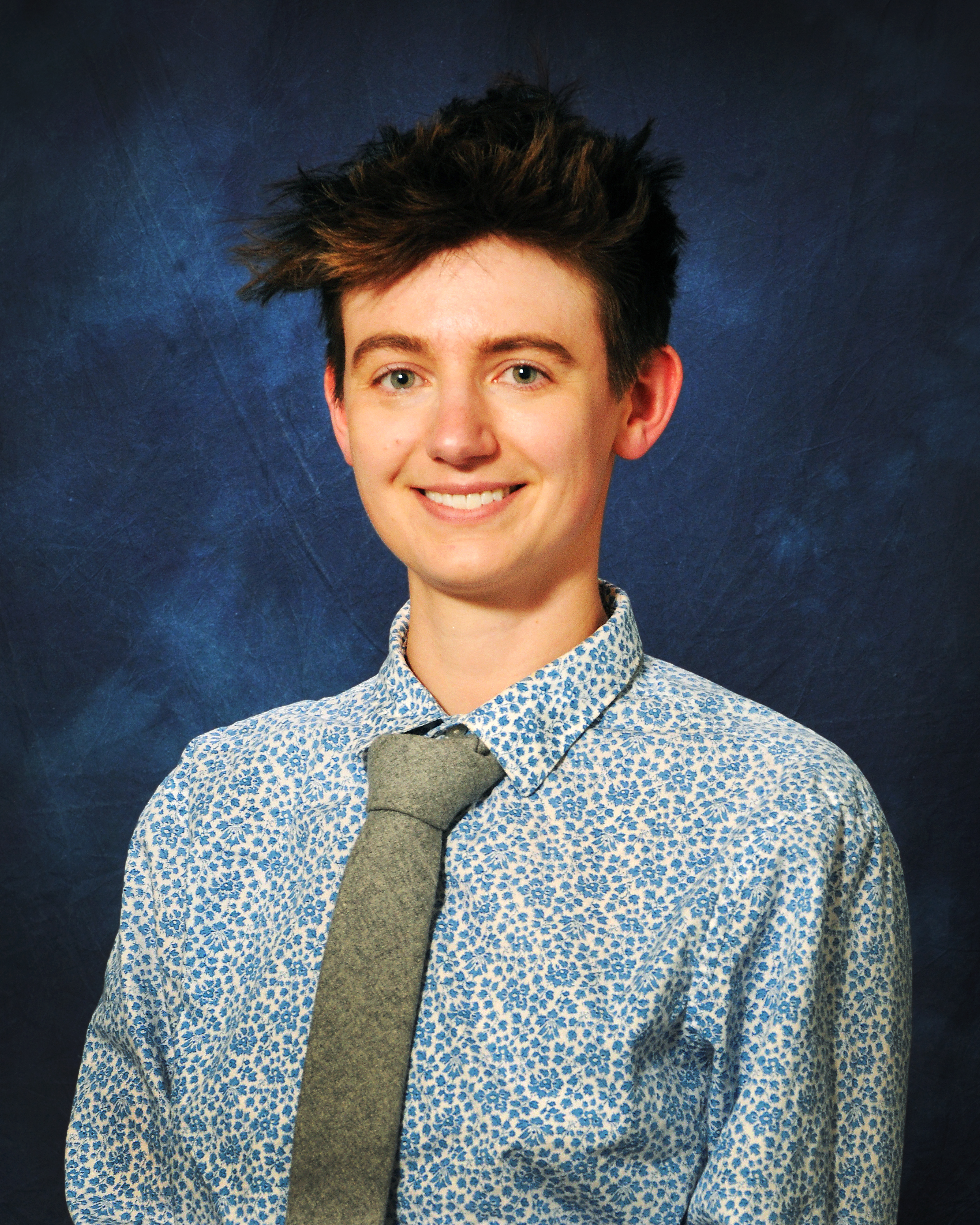
Max Wilcox serves KDOT as a Transportation Safety Planner. They are responsible for supporting the implementation of the Strategic Highway Safety Plan and Highway Safety Improvement Program. Max served as the deputy program manager for the Vulnerable Road User Safety Assessment. Max received a Bachelor of Science in Sociology from Truman State University and a Master of Urban Planning from the University of Kansas. Max can often be found walking their dog, biking, and learning to rollerblade in Lawrence.
Jenny Kramer, KDOT
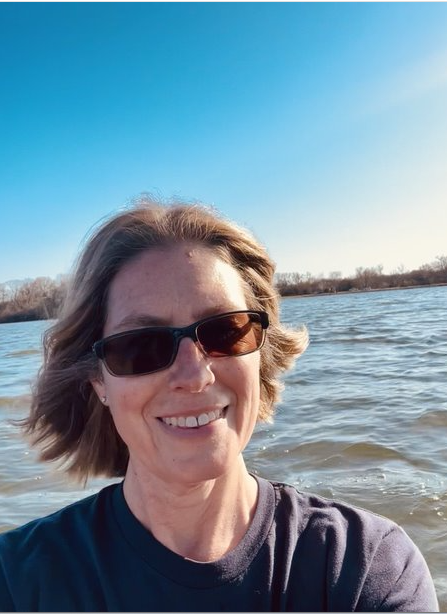
Jenny Kramer serves as KDOT’s Active Transportation Manager. She is responsible for overseeing the KDOT administered Transportation Alternatives program and serves as the state Pedestrian and Bicycle Coordinator. Prior to working for KDOT, Jenny served as the Community Health Promotion Section Director at the Kansas Department of Health and Environment. Jenny received a Bachelor of Science in Environmental Studies and a Master of Science in Nutrition Science, with a focus on public health, from the University of Utah. Jenny primarily walks and bikes for transportation.
Abstract: Etalyc's Hyperflow product combines Echo crowdsourced data with Olathe's SPAT data to provide signal performance measures and timings recommendations to improve signal efficiency.
Speaker:
Noel Forrester, City of Olathe
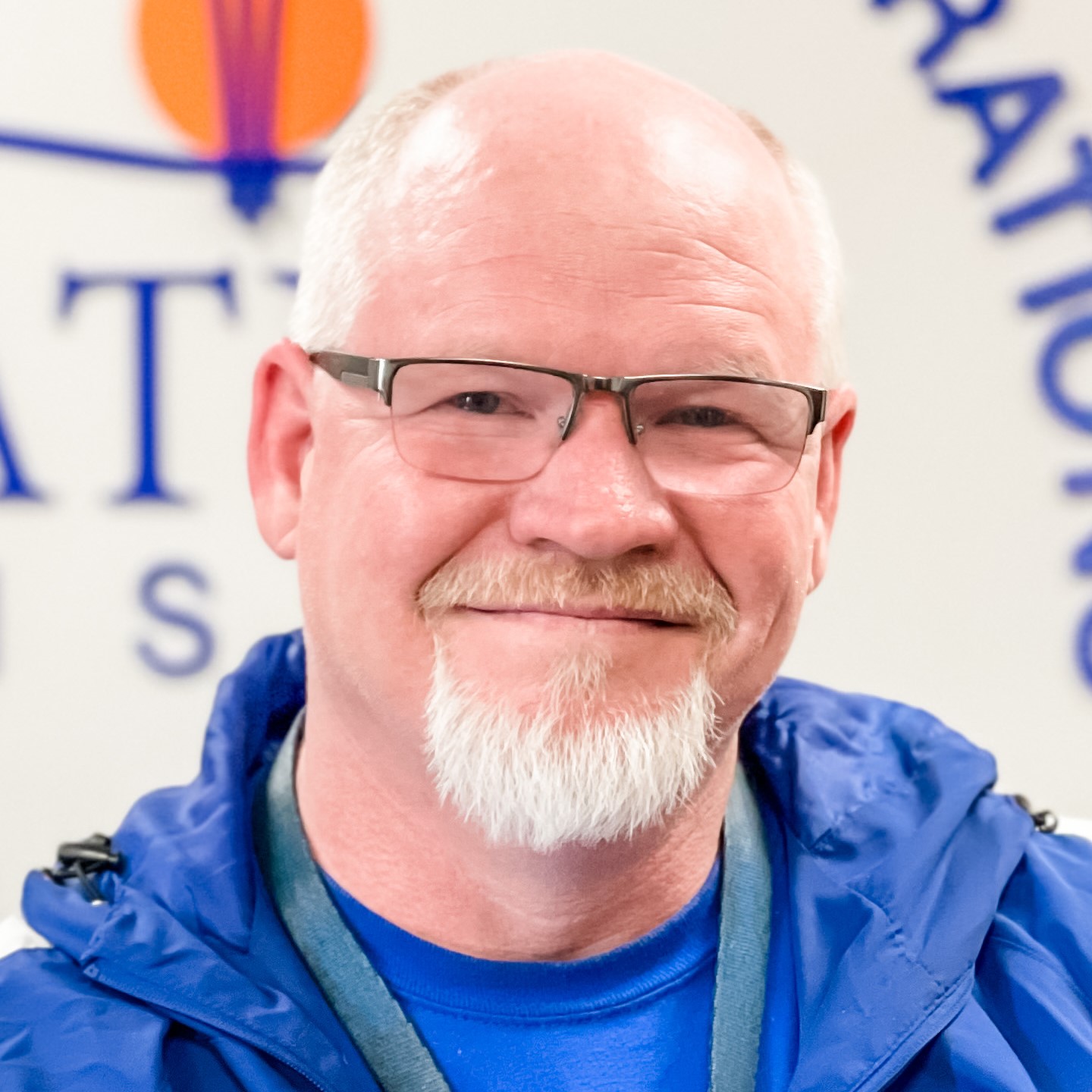
I've been employed with the City of Olathe for 27 years and currently serves as Traffic Operations Manager. I have been involved in all aspects of Olathe's Advanced Traffic Management System, signal timings and coordination, and data collection. I have Northwestern University's certification for transportation engineering technicians and IMSA TCSS level I & II certifications
Abstract: KDOT has authority over 10,000 miles of right-of-way composed of assets collectively worth tens of billions of dollars, including roads, bridges, retaining walls, embankments, and many other assets. The continued successful performance of these assets is an essential need for the people of Kansas. These assets are in a constant state of deterioration, and it is the responsibility of KDOT to effectively manage these assets by deploying limited resources to maintain them in the best collective state of repair possible. Pavement management systems have been in place for a long time to serve this function for roads, and now KDOT and KU are working together to develop a Geotechnical Asset Management (GAM) plan for those assets. Part of any asset management plan is to assess the state of repair of the items within that asset class. KDOT and KU have worked together on two projects to develop systems for evaluating the state of repair for two classes of assets, retaining walls and slopes. For both projects, a set of features common to each asset class was identified for inspection and rating. An analytical hierarchy process (AHP) survey was conducted to weight the importance of various criteria. A set of assets within each class was inspected jointly by KU and KDOT and rated to confirm the validity of the ratings systems, which can now be employed state-wide. Through routine inspections using these ratings systems, the condition of individual assets and the general condition of these asset classes can be tracked over time, and resources for repair and maintenance can be systematically prioritized for more effective use of limited budgets.
Speaker:
Robert Parsons, University of Kansas
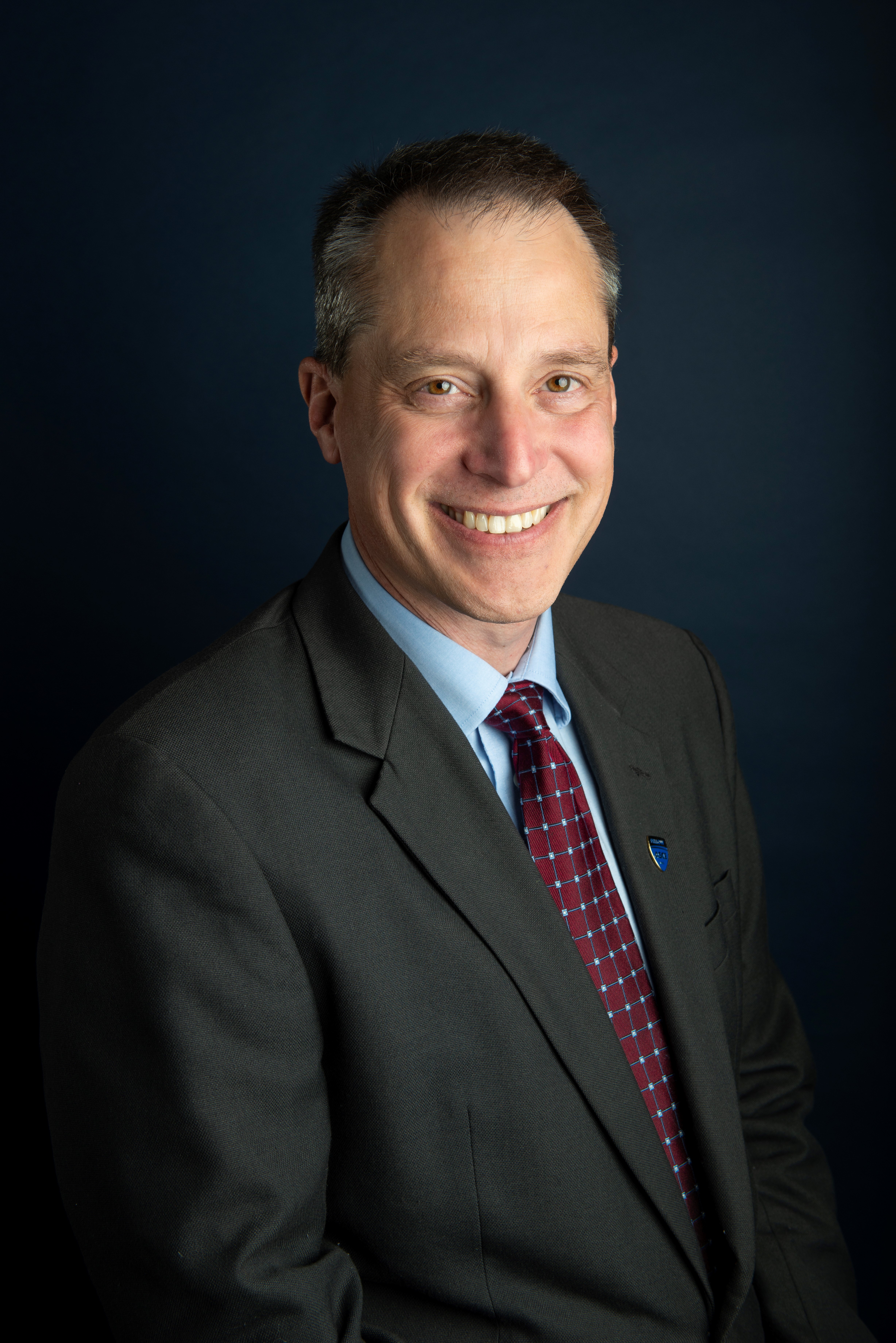
Robert L. Parsons, Ph.D., P.E. Director of Facilities and Special Projects for the School of Engineering Professor, Department of Civil, Environmental, and Architectural Engineering University of Kansas Dr. Bob Parsons is a Professor in the Civil, Environmental, and Architectural Engineering Department at the University of Kansas. He came to KU in 1998 after finishing his PhD in Civil Engineering at the Georgia Institute of Technology. In addition to teaching at the graduate and undergraduate level, Dr. Parsons has an active research program with emphases on asset management, soil stabilization, aggregate testing, deep foundations, mechanically stabilized earth, lightweight cellular concrete, and railroad ballast characterization and improvement. He is an author of more than 100 publications for many research journals, conference proceedings and technical reports. Dr. Parsons also serves as Director of Facilities and Special Projects for the School of Engineering at KU, where he represented the School on the construction of two new buildings and renovation of the Engineering Library and ongoing construction, coordinates program accreditation, manages the school speaker series, and other activities.
Abstract: This session will provide an overview of the current research projects in the K-State University lab.
Speaker:
Husain Aziz, Kansas State University.
Dr. Husain Aziz is an assistant professor of civil engineering at Kansas State University and leads the Transportation Infrastructure and Systems (TIS) research lab focusing on the modeling, simulation, and optimization of traffic flows in smart cities, shared-used mobility, and resilient transportation systems. Dr. Aziz co-leads the transportation infrastructure theme of the ARISE (Adaptive and Resilient Infrastructures Driven by Social Equity) project funded by the National Science Foundation (https://nsfepscor.ku.edu/track-1-arise/). He received his M.S. and Ph.D. from the University of Texas at Austin and Purdue University in 2010 and 2014, respectively, and his B.Sc. degree from Bangladesh University of Engineering and Technology in 2007. Before joining K-State Civil Engineering, Dr. Aziz held an R&D scientist position at the Oak Ridge National Laboratory of the U.S. Department of Energy (2014 – 2019).